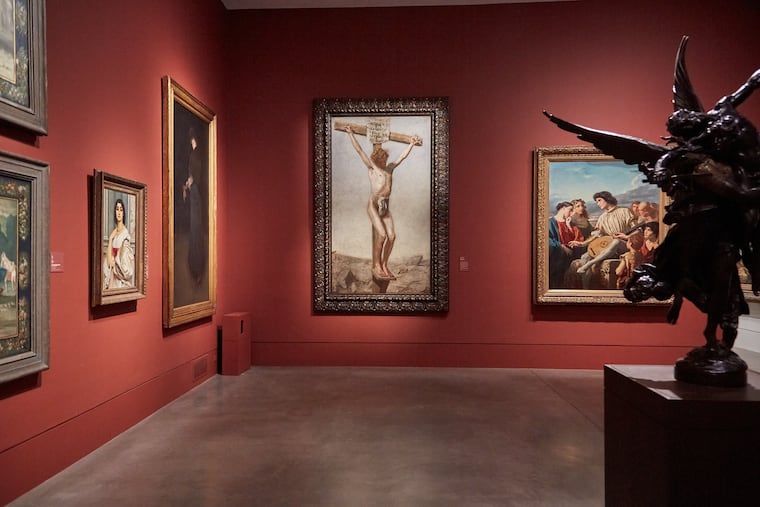A ‘truly bad’ painting by Thomas Eakins now hangs in the PMA, and offers a glimpse into his complicated legacy
The artist called the eight-foot-tall painting of Jesus on the cross one of his "very best." The New Yorker called it “his single truly bad painting.”
